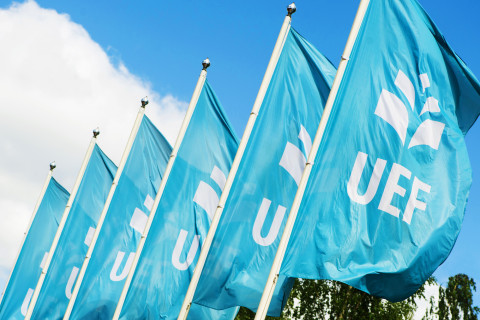The new image fusion technique can improve the assessment of electrode location and insertion trauma after Cochrane implantation, according to the doctoral dissertation of Sini Sipari, Lic Med. The public examination of the dissertation will be held online on 15 May 2020 at 12 noon.
Cochlear implantation has become the standard of care for moderate-to-profound hearing loss during the last three decades. Advances in electrode design and surgical techniques have expanded the indications such that they now include also patients with residual hearing and single sided deafness.
Safeguarding the inner ear structures and preserving the residual hearing of the implanted ear have been shown to improve the postoperative hearing results. Both the surgical features of the electrode and its location in the cochlea are important factors contributing to hearing outcomes.
Postoperative imaging is essential for the assessment of insertion trauma, quality control and documentation of surgical outcomes. It also aids in the individual programming of the sound processor. Cone-beam computed tomography (CBCT) has become the modality of choice for post-implant imaging. Metallic artefacts, however, impair the image quality, complicating a reliable assessment.
The dissertation consisted of three studies. The aim of the first study was to evaluate the surgical insertion results of a new straight electrode array (EVO®) in fresh-frozen temporal bones (TB) with image fusion technique and validate this technique against histology. The second study investigated the clinical application of the fusion technique and the insertion results in patients implanted with a mid-scala electrode (HFmsTM). The image data of a consecutive patient sample was re-evaluated and compared with the results obtained with the image fusion of the pre-op MRI and post-op CBCT scans. The aim of the third study was to investigate the possible benefits of the image fusion technique with six different commercially available array types. The findings of the image fusion and the post-operative CBCT were compared.
There were atraumatic insertions with the EVO electrode in fourteen out of twenty (70%) TBs, which is comparable to the results reported for other long lateral wall electrodes. It was found that the sensitivity and specifity for the image fusion technique were 88% and 97%. In the second study, image fusion revealed 5 dislocations out of 28 electrodes (18%) which had not been previously diagnosed by CBCT. The third study showed that image fusion enhanced the accuracy of the assessment of insertion trauma, especially in deep insertions. Image fusion improved the trauma assessment by 20% in the basal turn and by 52% when the measurement points exceeded 360°. Altogether, in 15 out of 30 cases (50%) image fusion improved the assessment. Although different electrodes showed specific radiologic characteristics, there was no significant difference in the benefit of image fusion between the electrodes.
In summary, both of the electrodes that were evaluated with respect to the insertion results were found to be feasible for atraumatic insertion. The image fusion technique was validated for postimplant evaluation against histology in a temporal bone study; it was found to be an accurate method for electrode location assessment also in clinical patients. A new MRI image fusion technique was introduced. It was found to enhance the trauma assessment and therefore the researchers recommend adopting this technique for the postoperative evaluation of electrode location in ambiguous cases, i.e. when CBCT alone is not sufficient. Correlation with the clinical outcomes needs further research.
The doctoral dissertation of Sini Sipari, Licentiate of Medicine, entitled Cochlear implantation: Post-operative assessment with image fusion, will be examined at the Faculty of Health Sciences. The Opponent in the public examination will be Professor Yann Nguyen of Sorbonne University, and the Custos will be Professor Heikki Löppönen of the University of Eastern Finland.
Photo available for download at https://mediabank.uef.fi/A/UEF+Media+Bank/36343?encoding=UTF-8
Sipari, Sini. Cochlear Implantation: Post-operative Assessment with Image Fusion.
